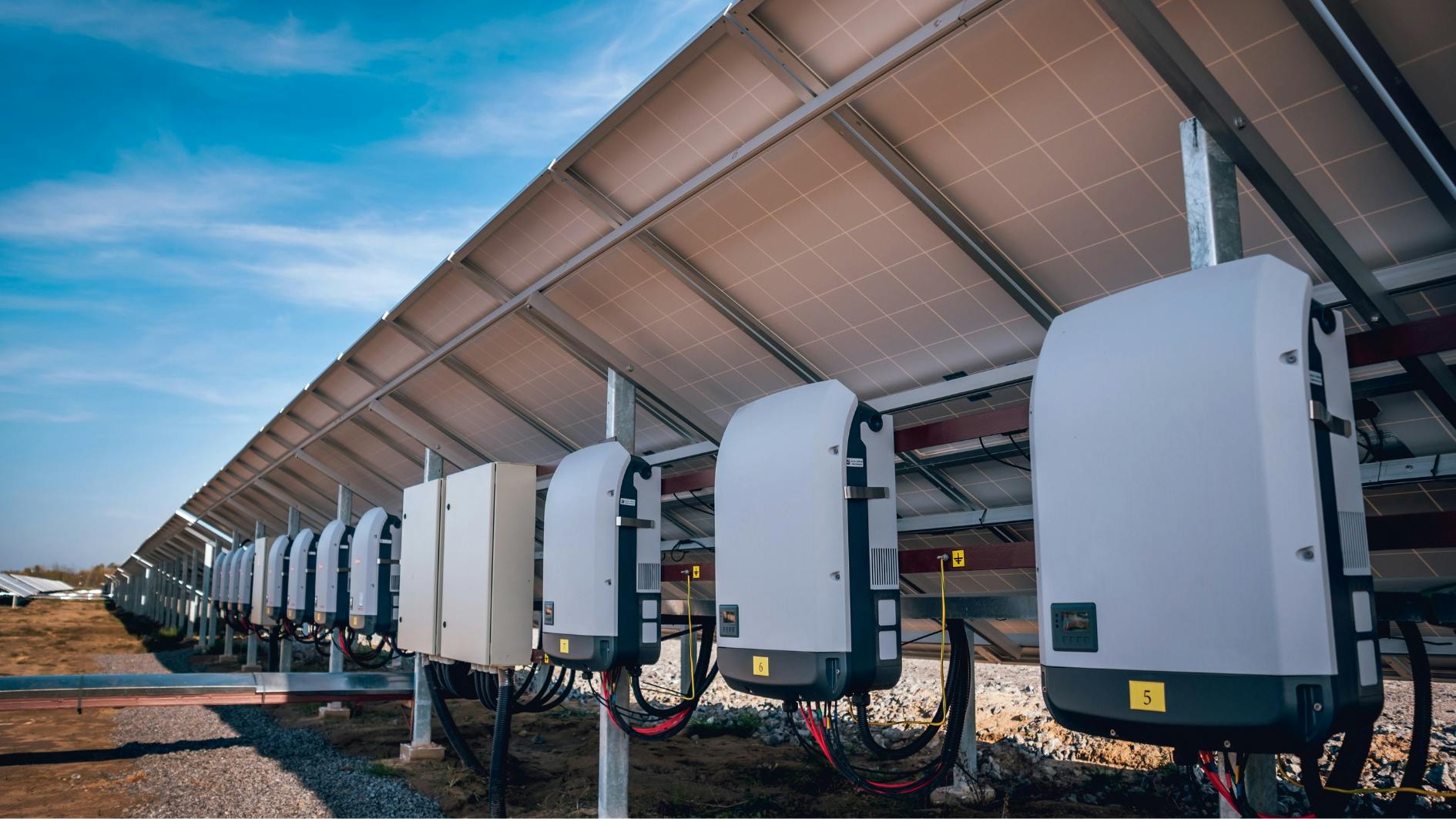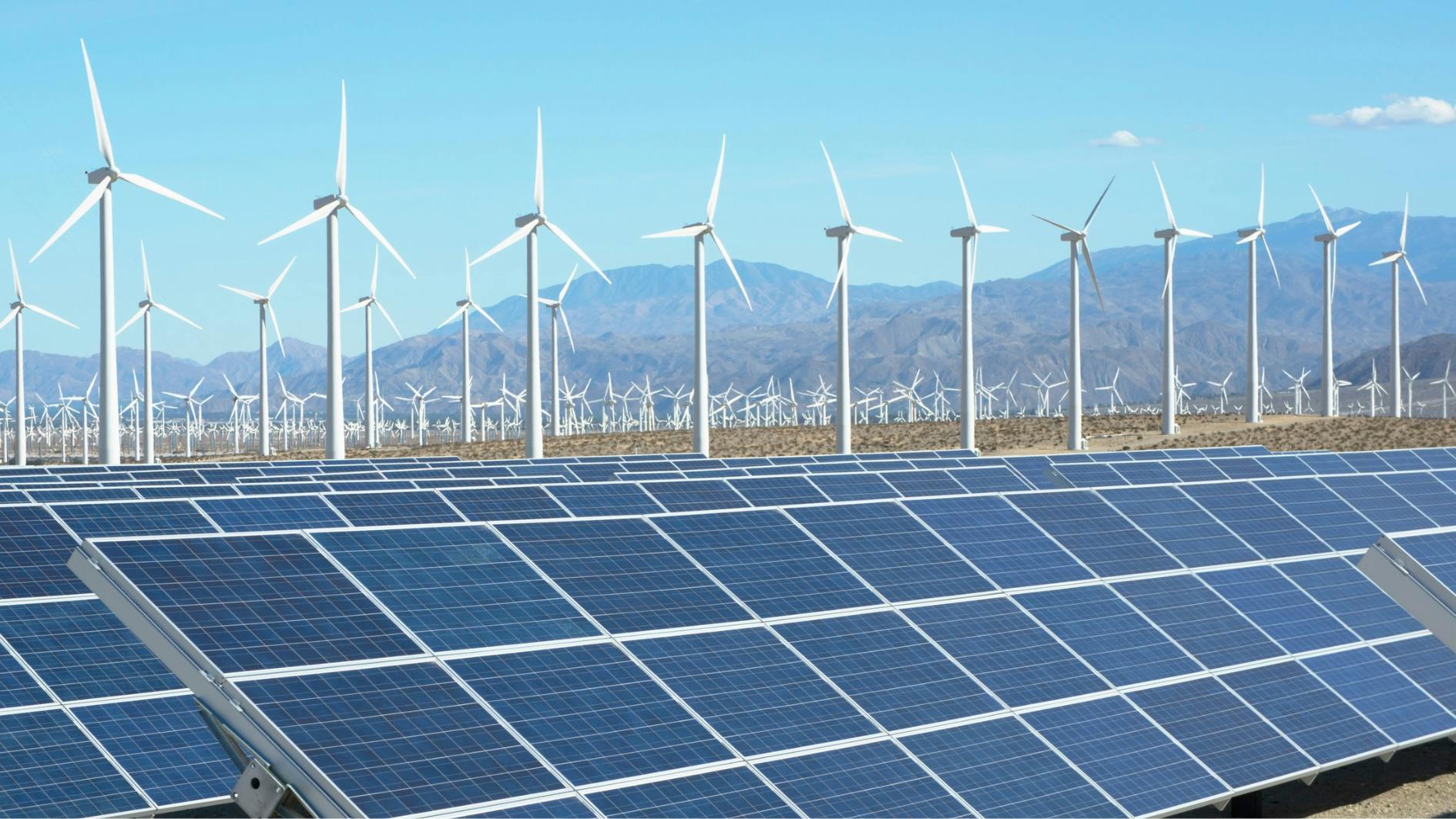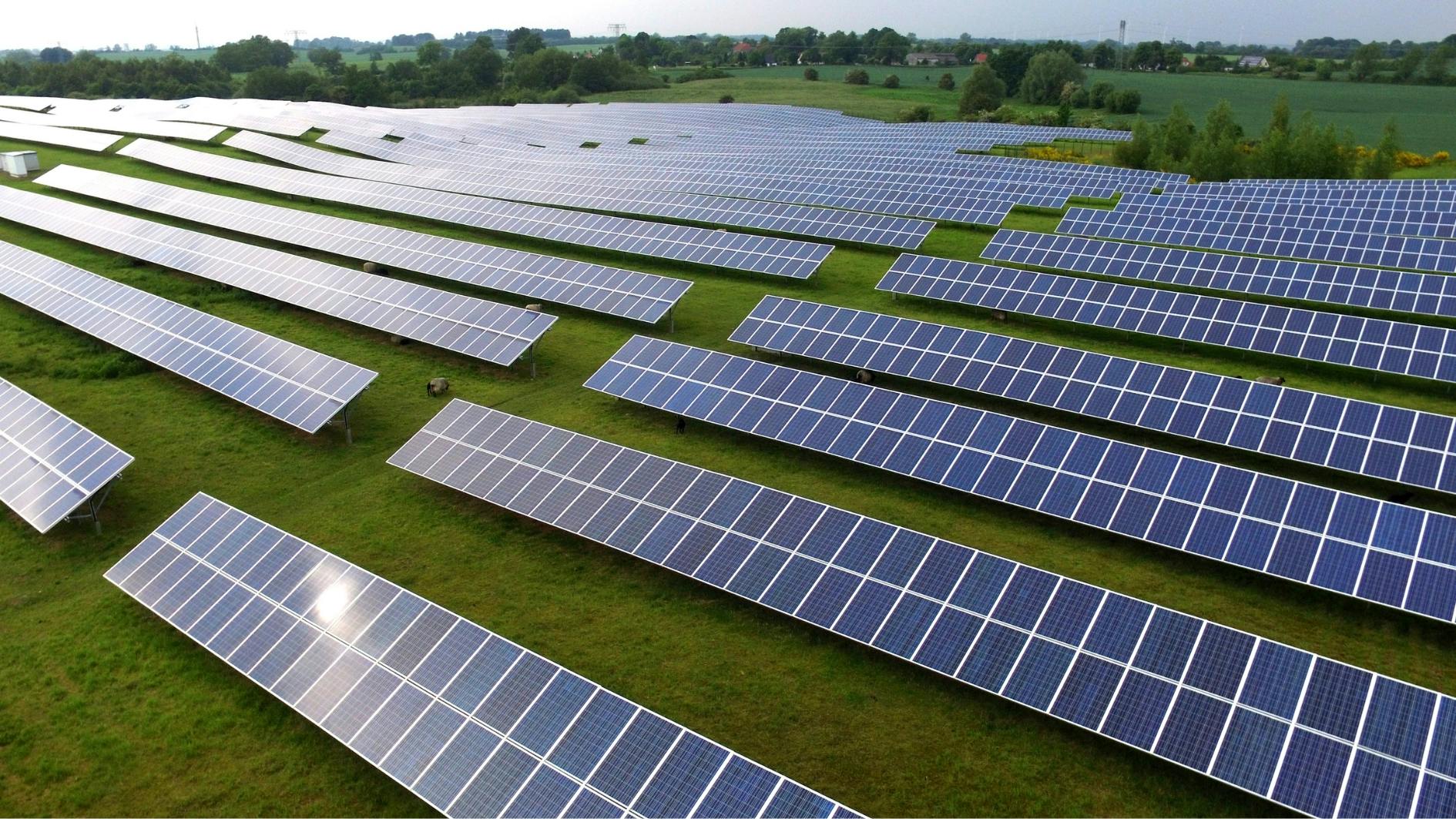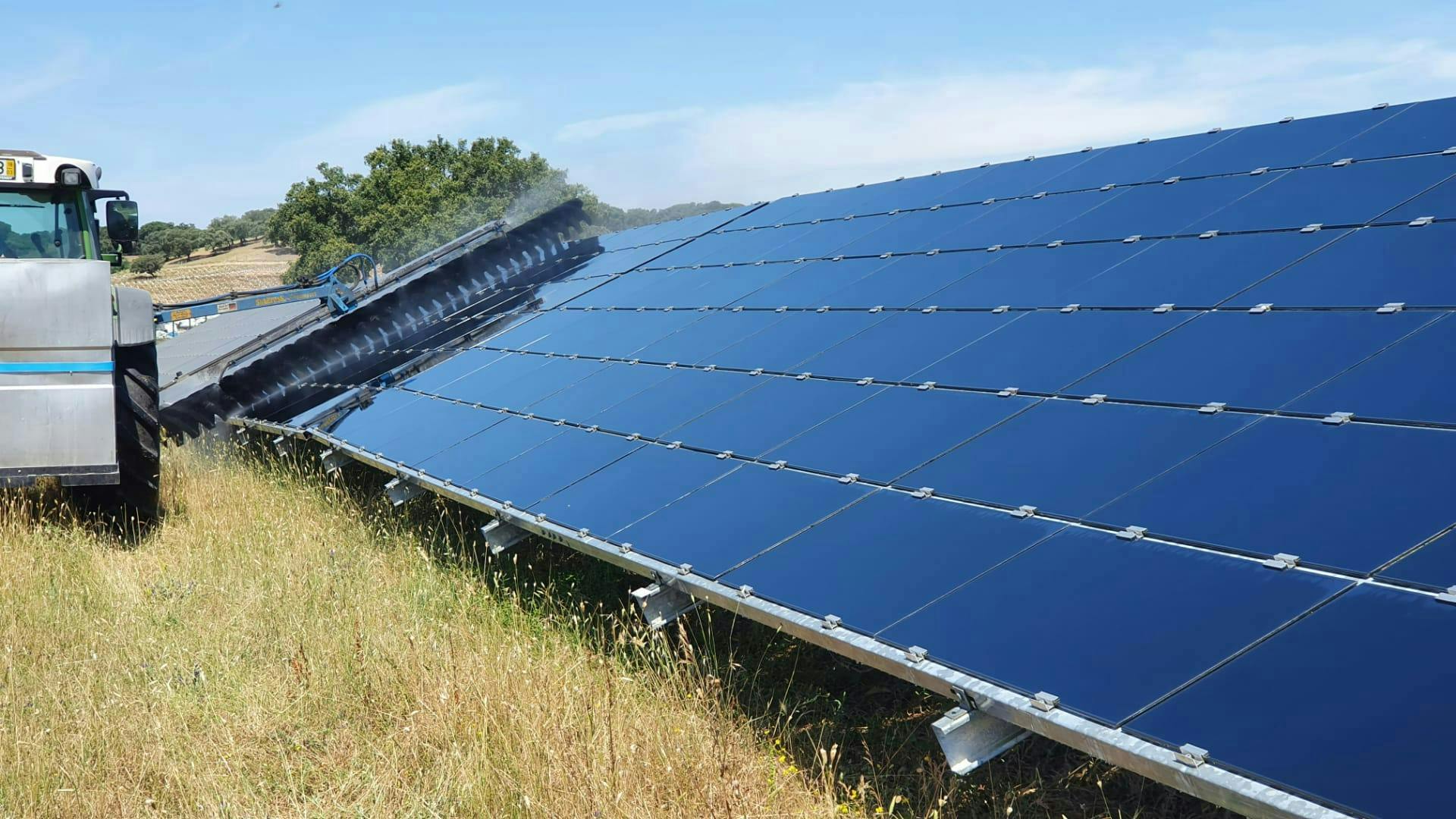R. Dr. Francisco Sá Carneiro
Zona Industrial de Bouro - Letra C
4740-010 Esposende, Portugal

The Hidden Cost of Curtailment in PV Plants: A Barrier to the Energy Transition and Performance Optimization
The global push for a sustainable energy transition relies heavily on the rapid deployment of solar photovoltaic (PV) power. However, a significant yet often overlooked challenge threatens to undermine this progress: curtailment. As more solar power is integrated into the grid, increasing curtailment rates—where energy production is intentionally reduced due to grid constraints or market conditions—pose a substantial risk to both the financial viability of PV projects and the broader adoption of performance-enhancing solutions.
The Threat of Curtailment to PV Economics and Optimization
Curtailment directly impacts the revenue streams of PV plants by limiting the amount of electricity that can be sold. This, in turn, affects the return on investment (ROI) and the attractiveness of solar projects for investors. But beyond financial losses, curtailment also discourages the adoption of performance-enhancing solutions such as PV cleaning and anti-soiling coatings.
These technologies are designed to maximize energy yield by reducing efficiency losses caused by dust and other environmental factors. However, if a plant is frequently curtailed, the benefits of increasing performance are diminished, as the additional energy generated may never reach the grid. This creates a paradox where operators are disincentivized to optimize their assets, leading to suboptimal plant performance and a wasted opportunity to fully utilize installed capacity.
Solutions to Reduce Curtailment and Unlock Performance Gains
Addressing curtailment requires a multifaceted approach that combines both plant level optimizations and broader grid management strategies. Some key solutions include:
- Energy Storage Integration - Adding battery storage allows excess solar energy to be stored and dispatched when grid demand is high, reducing curtailment and increasing energy market flexibility.
- Grid Expansion and Modernization - Investing in grid infrastructure, such as transmission line upgrades and interconnection points, helps accommodate higher renewable penetration without the need for curtailment.
- Demand-Side Management – Encouraging flexible electricity consumption through demand-response programs can help align solar generation with periods of high energy use.
- Hybrid Systems and Sector Coupling – Pairing PV plants with complementary energy sources, such as wind or green hydrogen production, ensures that excess generation is redirected to productive uses instead of being curtailed.
- Market and Policy Reforms – Implementing dynamic pricing mechanisms, capacity markets, and incentives for flexible generation can help reduce the economic drivers of curtailment.
- East-West Oriented PV Plants – Unlike traditional south-facing arrays, East West PV configurations distribute energy production more evenly throughout the day, reducing peaks that might trigger curtailment. By smoothing generation profiles, they help mitigate grid constraints and improve overall utilization of solar capacity.



The Positive Feedback Loop: Curtailment Reduction Boosts ROI and Performance
Reducing curtailment is not just about preventing energy waste—it fundamentally enhances the profitability of PV assets. With lower curtailment rates, plant operators are more motivated to invest in performance-enhancing solutions, as every additional kilowatt-hour generated translates into revenue. Solutions like cleaning, anti-soiling coatings, and advanced soiling monitoring systems become even more valuable, ensuring that solar plants operate at peak efficiency and extract maximum value from every installed module.
In this regard, Chemitek Solar provides innovative solutions to optimize PV plant performance, even in the face of curtailment challenges. Our cleaning agents and soiling mitigation coatings help to maximize energy yield by minimizing performance losses caused by soiling and contaminants buildup. By ensuring that solar panels remain clean and operate at peak performance, our solutions enable asset owners to get the most value out of their plants. These solutions support the long-term sustainability and profitability of solar projects, reinforcing the role of PV in the global energy transition.
As the solar industry continues to expand, addressing curtailment will be key to unlocking the full potential of PV plants. By tackling this challenge head-on, we can accelerate the energy transition, drive greater financial returns, and create a more resilient and efficient renewable energy landscape.
How do you see curtailment affecting the future of solar energy? Which solutions are you adopting to enhance the performance of your assets?




